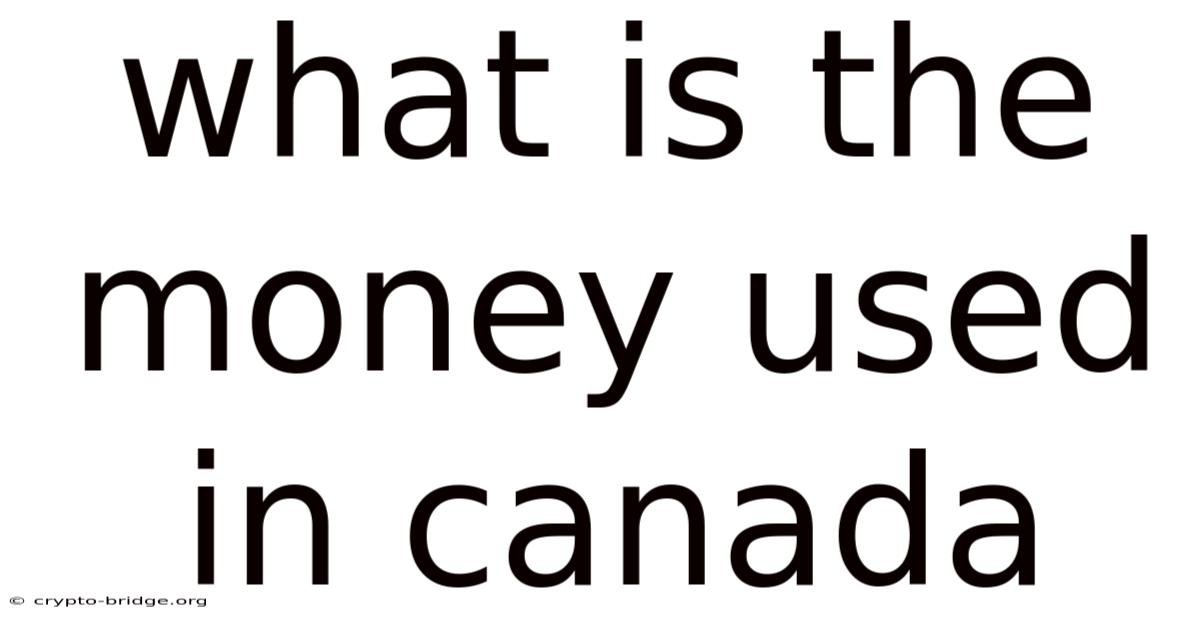What Is The Money Used In Canada
crypto-bridge
Nov 13, 2025 · 13 min read

Table of Contents
Imagine walking through a bustling market in Montreal, the vibrant colors of fruits and vegetables catching your eye. As you reach for a crisp apple, you realize the importance of the currency in your hand – the physical representation of value that allows you to participate in this economic dance. From the towering skyscrapers of Toronto to the serene landscapes of the Yukon, a single currency unites Canada in trade and commerce.
Have you ever wondered about the story behind the coins jingling in your pocket or the bills tucked safely in your wallet? Beyond their monetary value, these pieces of paper and metal are imbued with history, culture, and national identity. Understanding the intricacies of the money used in Canada offers a fascinating glimpse into the country’s economic and social fabric. This article delves into the world of Canadian currency, exploring its history, design, security features, and its role in the nation’s economy.
What is the Money Used in Canada?
The money used in Canada is the Canadian dollar (CAD), denoted by the symbol '
Latest Posts
Latest Posts
-
Weak Base With Strong Acid Titration Curve
Nov 14, 2025
-
What Channel Is Cbs On In Houston
Nov 14, 2025
-
How To Make Outdoor Christmas Trees With Lights
Nov 14, 2025
-
Short Sides Longer Top Mens Haircut
Nov 14, 2025
-
Does Vr Motion Sickness Go Away
Nov 14, 2025
Related Post
Thank you for visiting our website which covers about What Is The Money Used In Canada . We hope the information provided has been useful to you. Feel free to contact us if you have any questions or need further assistance. See you next time and don't miss to bookmark.